Jonas Andrén and his friends have known each other since they were young and played football and floorball together. Now it's time for completely different adventures! They have previously climbed Kebnekaise and Kilimanjaro together, and a few months ago they took on an even bigger challenge: Europe's highest mountain, Elbrus, in the Russian Caucasus.
Which mountain is actually the highest in Europe (i.e. whether Elbrus belongs to Europe or whether Mont Blanc should be considered the highest) is controversial, but for mountaineers, Elbrus is recognised as the highest in Europe. It is also part of the legendary 'Seven Summits' (highest peaks on each continent). What happens when a group of Swedish friends climb such a legendary mountain? We asked Jonas and his friends.
Innehållsförteckning
Can you tell us a bit about yourself? Who are you and what do you do when you are not climbing mountains?
My name is Jonas Andrén and I work as a seller of new lifts at KONE. My friends are Kasper Lacki (works at SEB kort), Marcus Karlsson (ÅF constructor) and Victor Ljung (product manager Hissmekano). We have known each other for almost 15 years and have done all kinds of things together.
We all grew up in Täby, but now live after returning from studies a little scattered in Stockholm. We are all 89, ie 27 springs old and in the peak of our lives 🙂 Three of us are single, so adventurous ladies are welcome to contact us. We socialise relatively much. Usually it will be football, a few beers, risk, bullshit, ironing tips and of course the hunt for the perfect equipment for the trips.
Have you always been attracted to adventure or how did that interest start?
The dream of climbing mountains and especially iconic mountains like Mount Everest has probably always been there for all of us, even if it hasn't felt very realistic. But it is only in recent years that the interest in mountain climbing has been awakened in us, especially after Victor and Kasper went to Tanzania and climbed Kilimanjaro in 2015.
We have all been active since a young age, playing football and floorball together, so we assume that it may have something to do with the fact that we like to do things together that are a bit more challenging and where you work as a team but also individually.
What is your previous experience in mountaineering and other adventures?
Parts of the group have been to both Kebnekaise and Kilimanjaro before, but now before Elbrus the whole group also went on a two-day glacier course in Jostedalen in Norway. There we got to practice walking on the glacier with crampons, crack rescue and walking in rope teams as a preparation for Elbrus, it was awesome!
You recently climbed the highest mountain in Europe. How did you prepare for the climb and how fit do you need to be?
We were given a training schedule that gradually increased in effort and quantity as we got closer so that everyone has the opportunity to get up the western (and eastern) peak of Elbrus from the north side. Among other things, it is very important to walk in your shoes to avoid any blisters during the journey up, so something we tried was to walk 20 times up and down the hagabacken with a full pack which is one of Stockholm's highest points. If you live in a big city, you have to adapt your training to what is available.
Imagine that you need to be able to carry at least about 20kg during certain stages and that you should be able to walk for a longer time as well. Mix strength training with cardio training, don't be blind to either. The pace of the hike is not too high, but long distances and many hours make it good to be properly prepared. We recommend that you take a longer hike in warm weather before travelling.
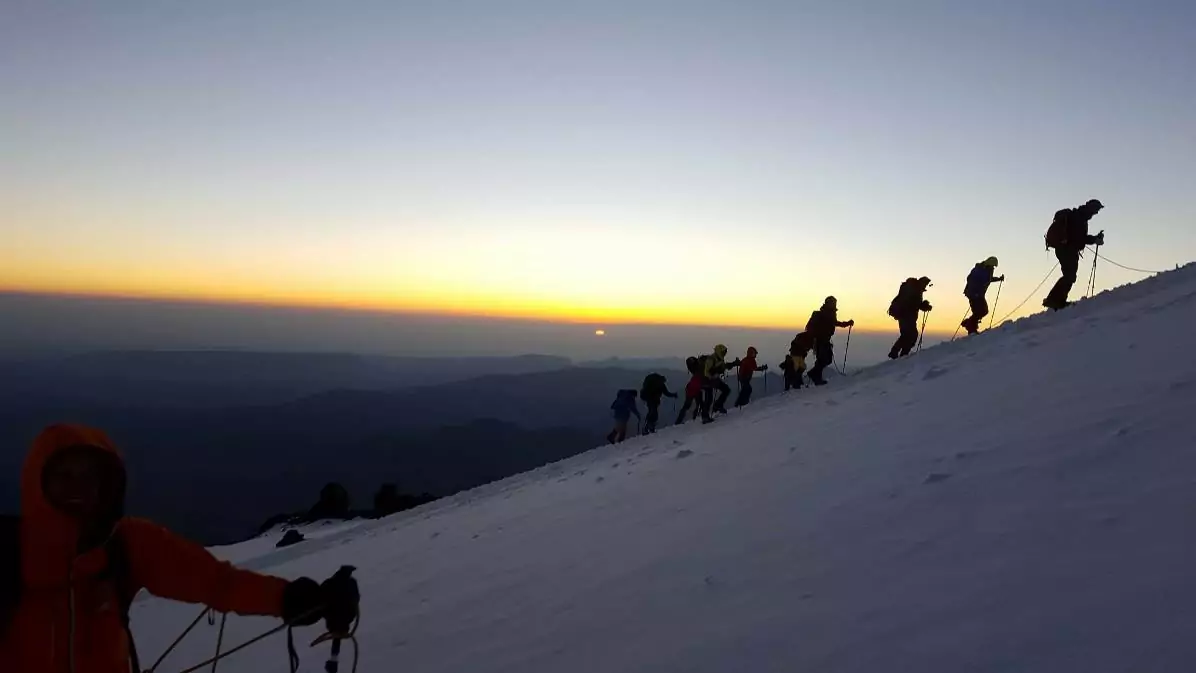
Tell us about the ascent of Elbrus! Who did you do the climb with and how did it go? What was most challenging?
We were a group of 11 people, consisting of four of us, two from Norway and 5 from Russia. The group was even and we had no problems with people being too poorly prepared. Some language barriers but nothing that affected the climb. All but one person made it to the top.
The most challenging part of the climb was probably the heat. The sun was strong and while you wanted to take off your clothes, you had to protect yourself from burning, which is very easy to do at high altitudes with lots of snow. Sun protection factor 50 was on every day for 2 weeks! And whoever did not have it suffered the next day so to speak.
You should also be aware that the weather is very variable in the mountains. One second it's sunny, the next it's hailing and then suddenly it turns into a thunderstorm deluxe. Very fascinating when you are there and get to experience it. However, this is also the biggest danger with a hike like this. If you are taken by surprise by the weather at high altitude, it can end very badly.
If you are planning to hike at higher altitudes, you should really listen to the advice on acclimatisation days. The difference of an extra day can be the difference between making it to the top or not. The guys who were on Kilimanjaro say that it is not possible to compare the trips precisely because the acclimatisation was so much better (more days) on Elbrus. While Kilimanjaro, without proper acclimatisation, offered dizziness, nausea and exhaustion, Elbrus offered a hike where it was possible to enjoy the summit and where the aforementioned symptoms were virtually non-existent!
How did you get to the mountain and how did you experience the journey through Russia?
We started by flying to Moscow where we made a stopover before travelling on to Mineralnye Vody in southern Russia. There we were picked up by our guide Vladimir who took us to Kislovodsk where we spent a night in a hotel before it was time to leave for Elbrus. A bumpy 2 hour bus journey later we were at the mighty foot of Elbrus and could look out over the beautiful landscape.
Do you have any new trips or adventures planned for the coming year?
No, not yet, but we are planning to maybe tackle Denali (formerly Mt. McKinley) in Alaska in 2018. It costs a lot of money to go mountaineering so we have to save before we can go again. The long-term goal is the highest peaks on each continent. The alternative is Aconcagua in South America, which is also part of the Seven Summits.
Finally, a question we ask everyone we interview: What is your dream destination Jonas Andrén?
I see Carstenz Pyramid as my dream destination right now. Japan as a destination in the near future. Svalbard and Yosemite in the USA are also something that attracts the gang!
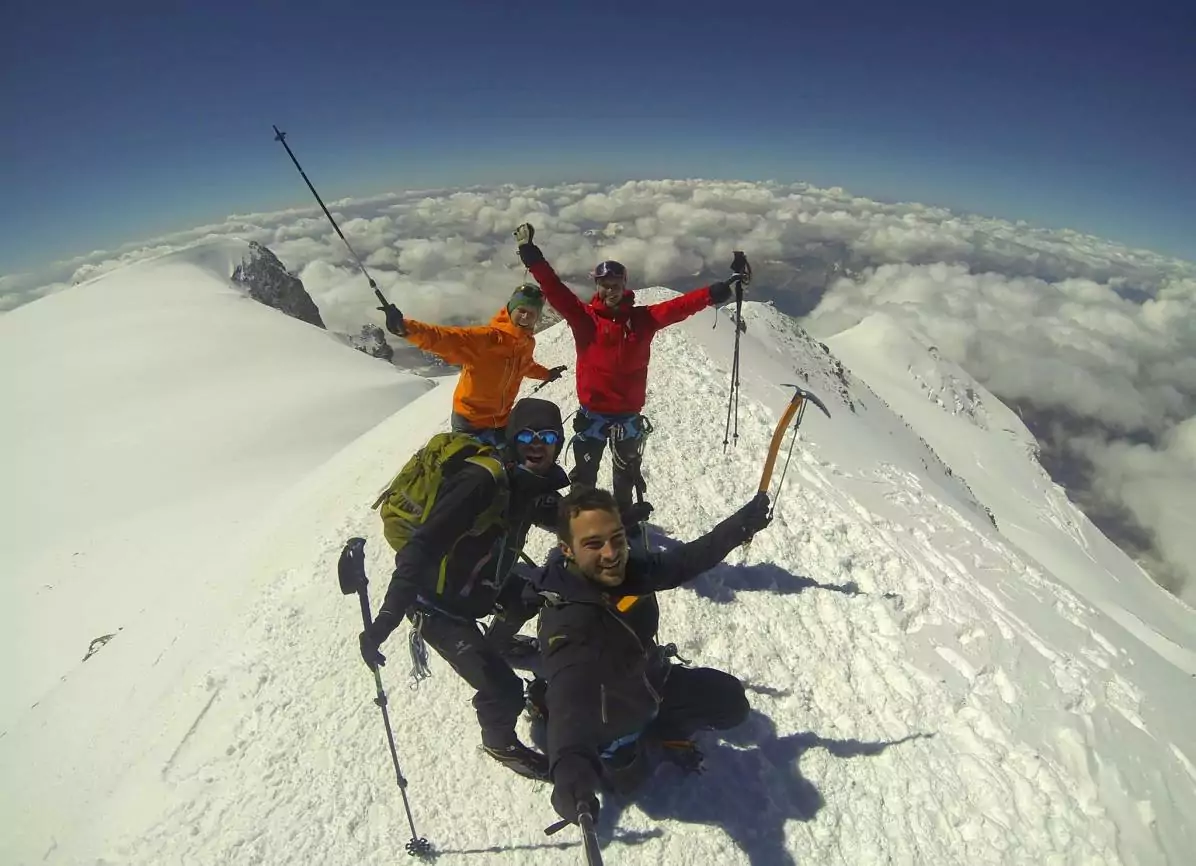
Thank you Jonas Andrén and friends for sharing your experiences and thoughts!
Top picture: Just before departure for the summit climb. From left: Jonas, Victor, Kasper, Marcus.

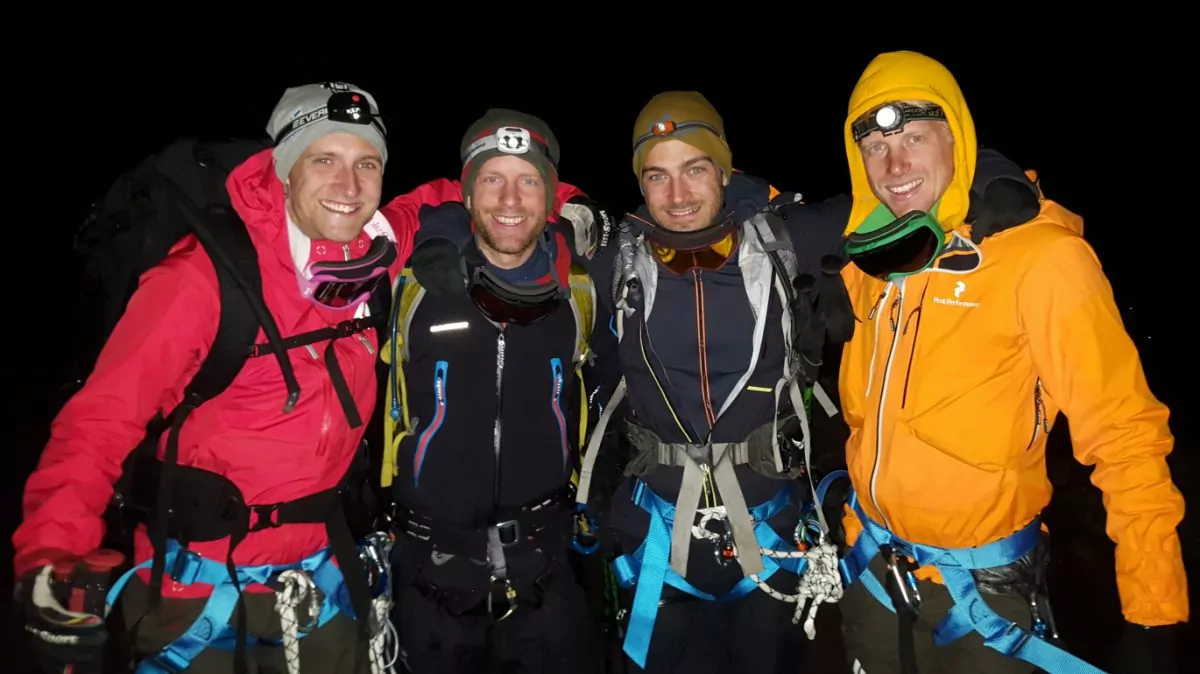
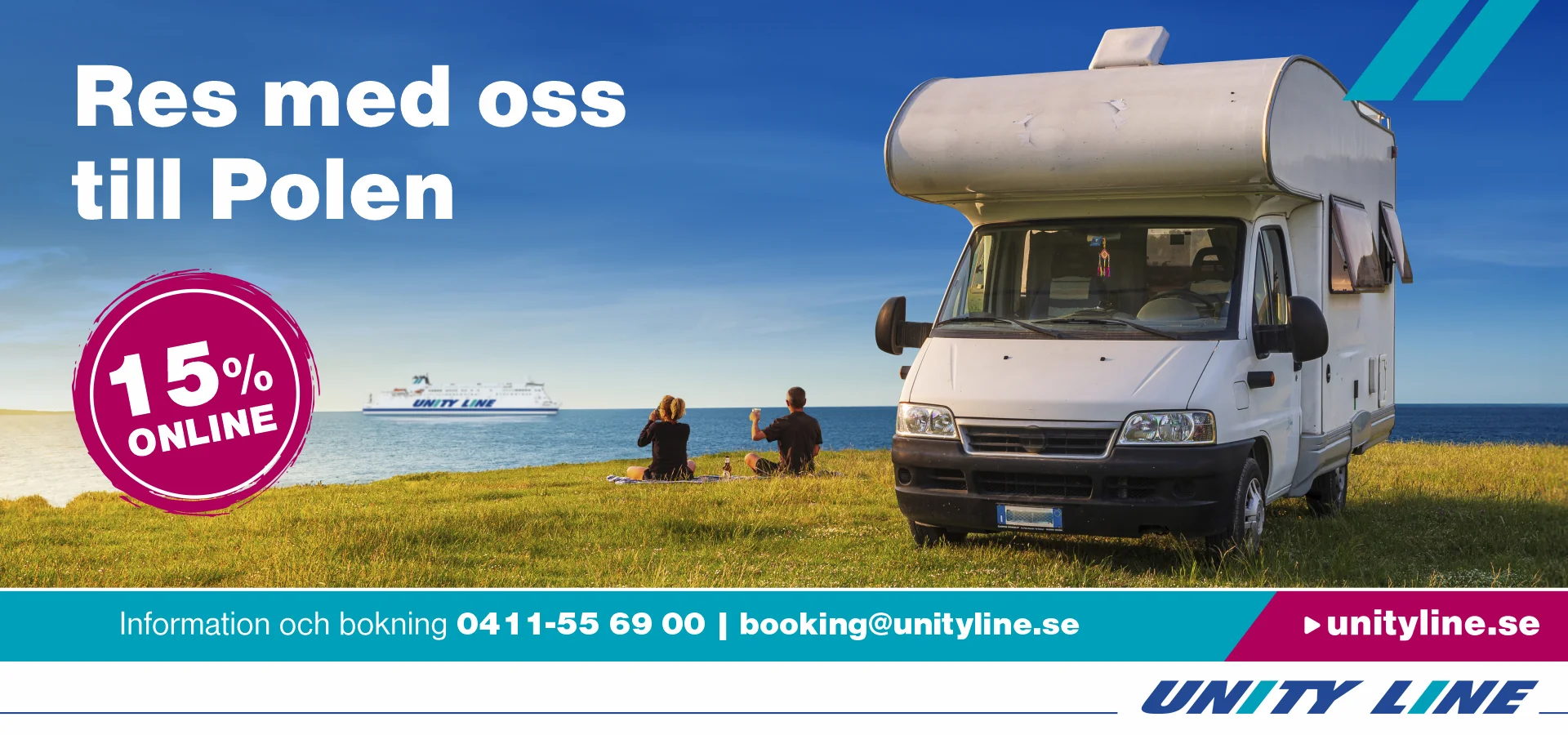






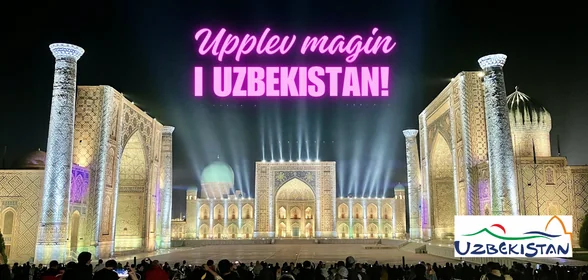

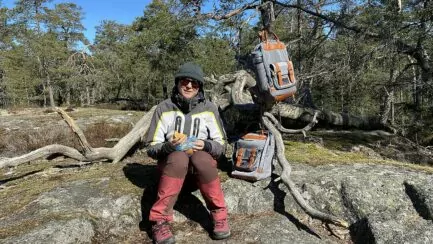
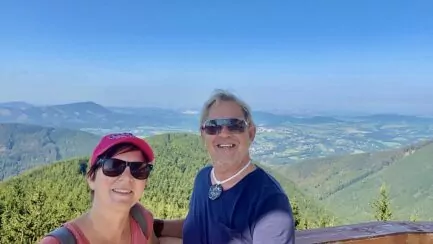
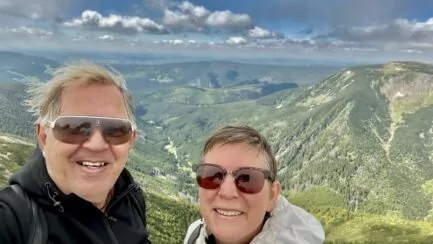
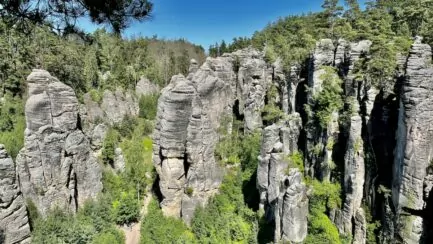
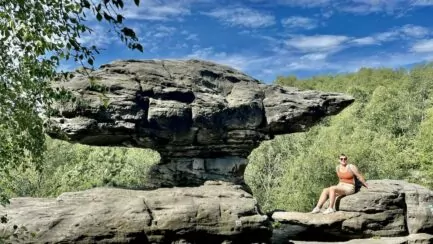
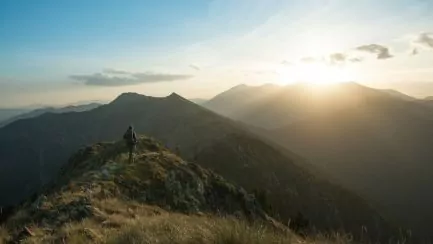



Ama de casa says:
WOW!!! The last picture is just soooo cool!
24 September 2016 - 6:31
Lennart says:
Tough guys!
I would never dare!
24 September 2016 - 7:06
Imelda says:
Looks so lovely at the top, what a picture!
24 September 2016 - 7:52
Lena - gott för själen says:
What a great bunch! Great interview. Svalbard and Yosemite are on my wish list too.
Hug Lena
24 September 2016 - 8:52
Matts Torebring says:
For some years, before the Carving skis, I had a pair called K2, "for tough and aggressive skiing". It is the closest I have come to the mountain. I stood at the foot of Kebnekajse in 1999, but didn't get my wife up there. These are much tougher guys,
24 September 2016 - 9:09
Steve says:
What a great group and what fantastic experiences to share with each other.
Interestingly, two of the guys work in the lift industry. I mean, mountaineers, like lifts, go up and down.
24 September 2016 - 10:30
Ruth i Virginia says:
I admire your entrepreneurship and sacrifice for the realisation of your dreams. The photo from "Top of Europe" is lovely. Really gives a sense of how excited you are about your success (spelling?).
Men like you, showing determination and a sense of adventure - nice
characteristics.
Like to read books about climbing. John Krakau's "Into thin
Air", e.g.
24 September 2016 - 14:16
BP says:
Starting to get really proud that these lovely guys are actually raised in my home town! The last picture is absolutely wonderful - what a proud joy!
24 September 2016 - 18:32
Ama de casa says:
But then... When I think about it? Working with lifts, and then GOING up the mountain... Haha!
But the last picture is still unbelievably amazing 😀.
25 September 2016 - 2:21
Eva – People in the Street says:
Great bunch! Fun when friends really do the things that many only talk about wanting to experience together. Experiences are the thing 🙂
25 September 2016 - 10:10